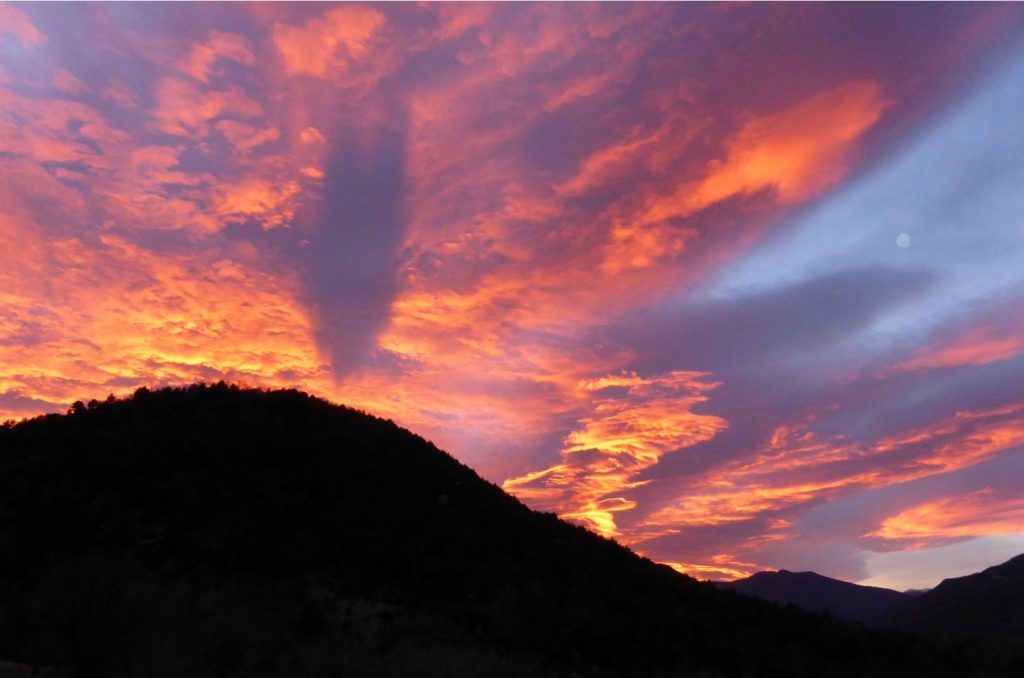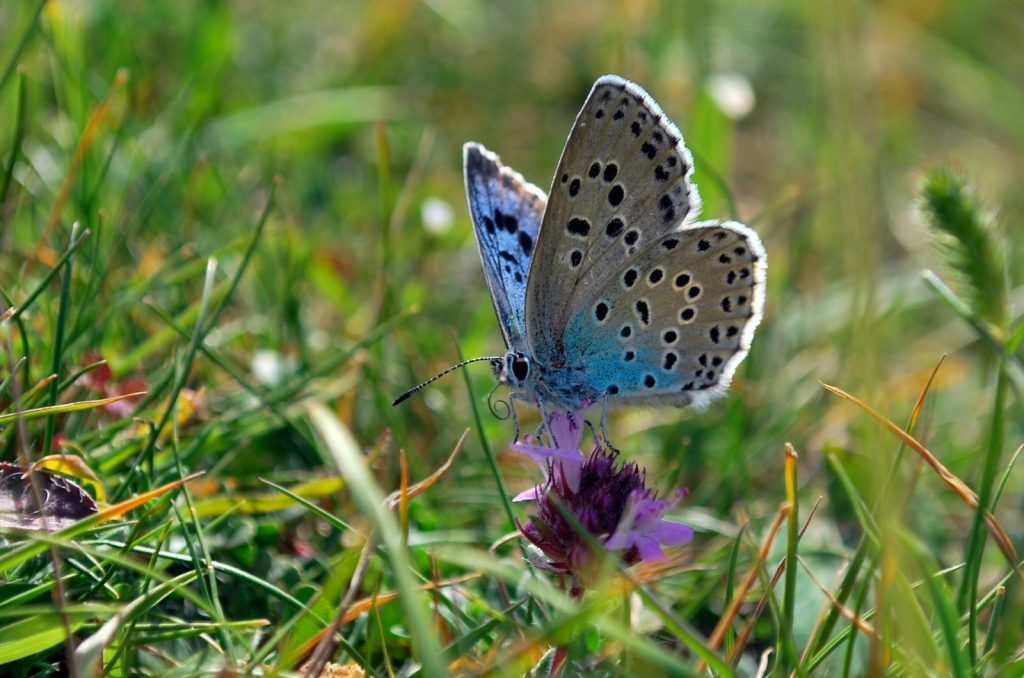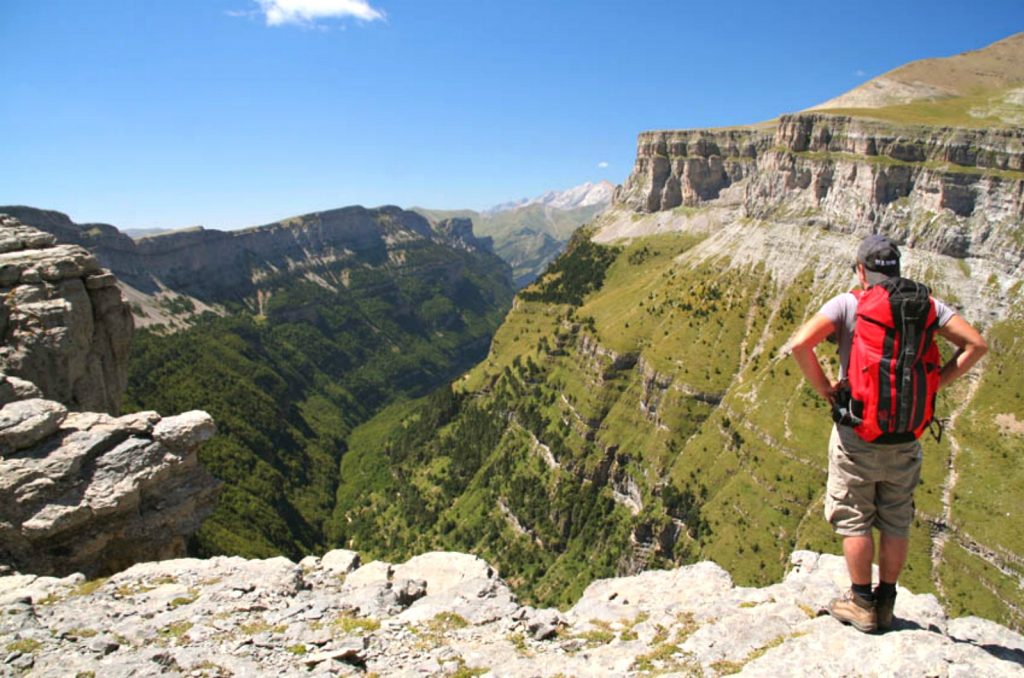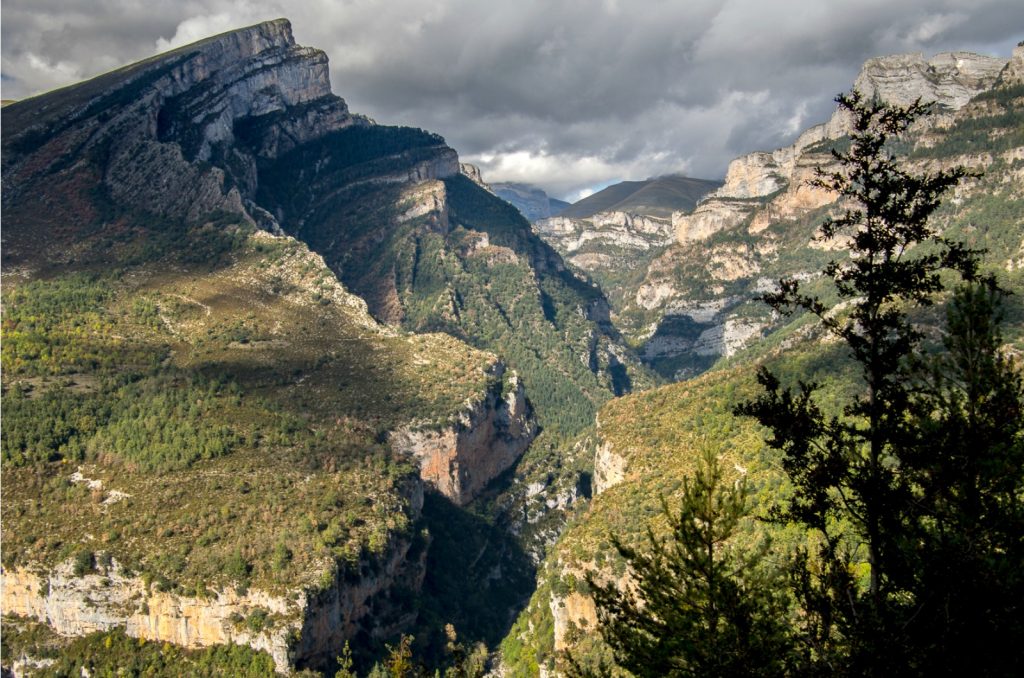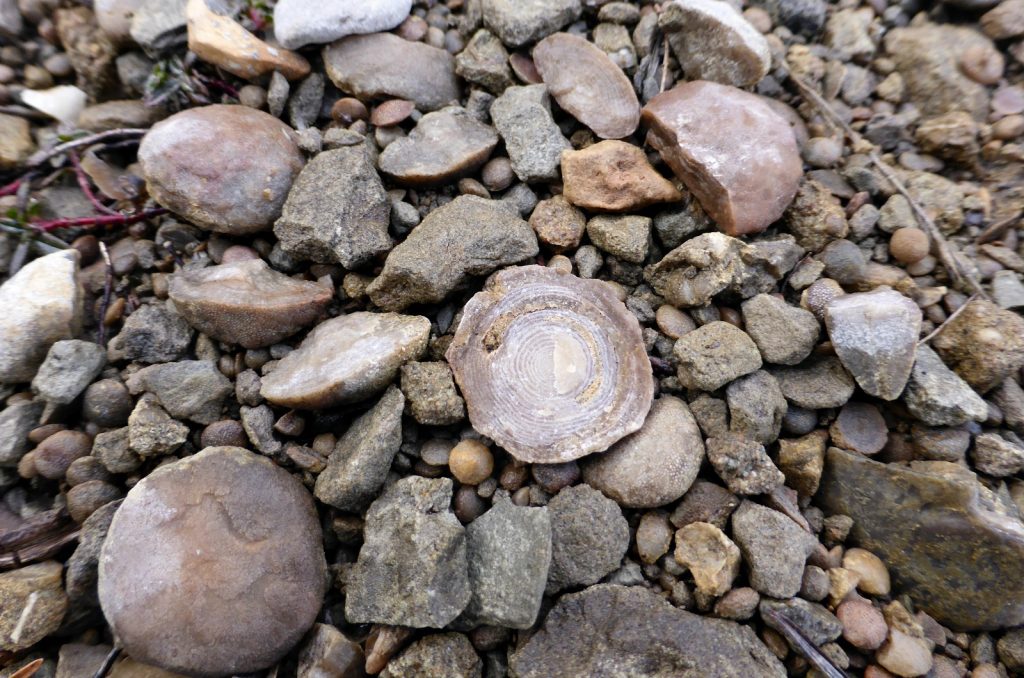Discover
The Pyrenees
The Pyrenees mountain range stretch from the Mediterranean sea to the Atlantic ocean, forming a natural border between Spain and France. In total some 430km (267 miles), and up to 150km wide (93 miles). An area of over 116,399 km² (20,000 square miles).
It is here in the central Spanish Pyrenees that we offer Small Group Activity Holidays.
Landscape
The Central Pyrenees
The Aragon central Pyrenees, where we live, are considered the jewels of the Spanish Pyrenees. This area still remains off the typical, well- worn European tourist route, and is much less developed than the Alps. Here there is a rugged wild beauty. All of which can be found on our doorstep in the National Park of Ordesa and Monte Perdido. This also explains why the limestone massif of Monte Perdido is probably the most famous mountain in the Spanish Pyrenees, at 3355m (11,000 ft). However, it is not the tallest! Monte Perdido is beaten by Aneto, at 3404m (11,167ft), in the nearby Natural park of Maladeta and Posets.
It is here near Monte Perdido that we run our Small Group Holidays, as well as having a small Self Catering cottage.
GEOLOGY
The Pyrenees Geological Park
The formation of the Pyrenees and the geological footprint left behind is incredible. On our guided walks we bring this geology to life, as we are based in the Sobrarbe Geopark, also known as the Pyrenees Geological Park.
Here the geology is both tangible and dramatic! So much so, that in 2006 the whole district of Sobrarbe became part of UNESCO Global Network of Geoparks. This part of the Spanish Pyrenees boasts no less than 100 catalogued places of geological interest and 30 different geological walks. Deep canyons, 500 million year old rocks, abundant marine fossils, and huge erratic boulders left by glaciers. These are just some examples of the fascinating geology to be found in our area.
322 DAYS OF SUNSHINE
Weather, Wildlife & Geology
The Climate Of
The Pyrenees
The difference in rainfall between the west side of the Pyrenees, France, and the central Spanish region going eastwards is incredible. In the west moist air blows in from the Atlantic Ocean dropping its moisture, as it moves east this diminishes until the air is left dry over the eastern Mediterranean Pyrenees. France on the other hand is the STOP that shelters Spain from the northern rain. The result is a central area in the Spanish Pyrenees with a temperate climate, Sobrabre! It is little wonder then that our district has over 320 days of sunshine a year! You can find out more about our weather on our Pyrenees Weather page.
Wildlife
The Pyrenees Flora & Fauna
Having the highest summits in the Pyrenees means the area where we live also has differing habitats ranging in altitude from 650m to over 3000m, and so a huge diversity of flora and subsequently fauna.
The Ordesa National Park is classed as a World Biosphere Reserve with over 1500 species of flowers, 171 species of birds, over 131 species of butterflies and 32 different species of mammals. For lovers of nature this is the perfect place.
Find out more about the Ordesa National Park using the button below.
THE FORMATION OF
The Pyrenees
Simply put, the Pyrenees mountains that we see today, are a result of the small Iberian plate being pushed Northwards by the African plate and its subsequent colliding with the huge Euroasiatic plate some 50 million years ago. The consequence of this “pile-up” gave rise to impressive folds of ancient mountain rock, numerous upthrusts and travelling “waves” of sedimentary rock. The landscape has been remodelled due to subsequent erosion by glaciers and rivers, exposing the layers of rock and allowing us to read the story of its past.




